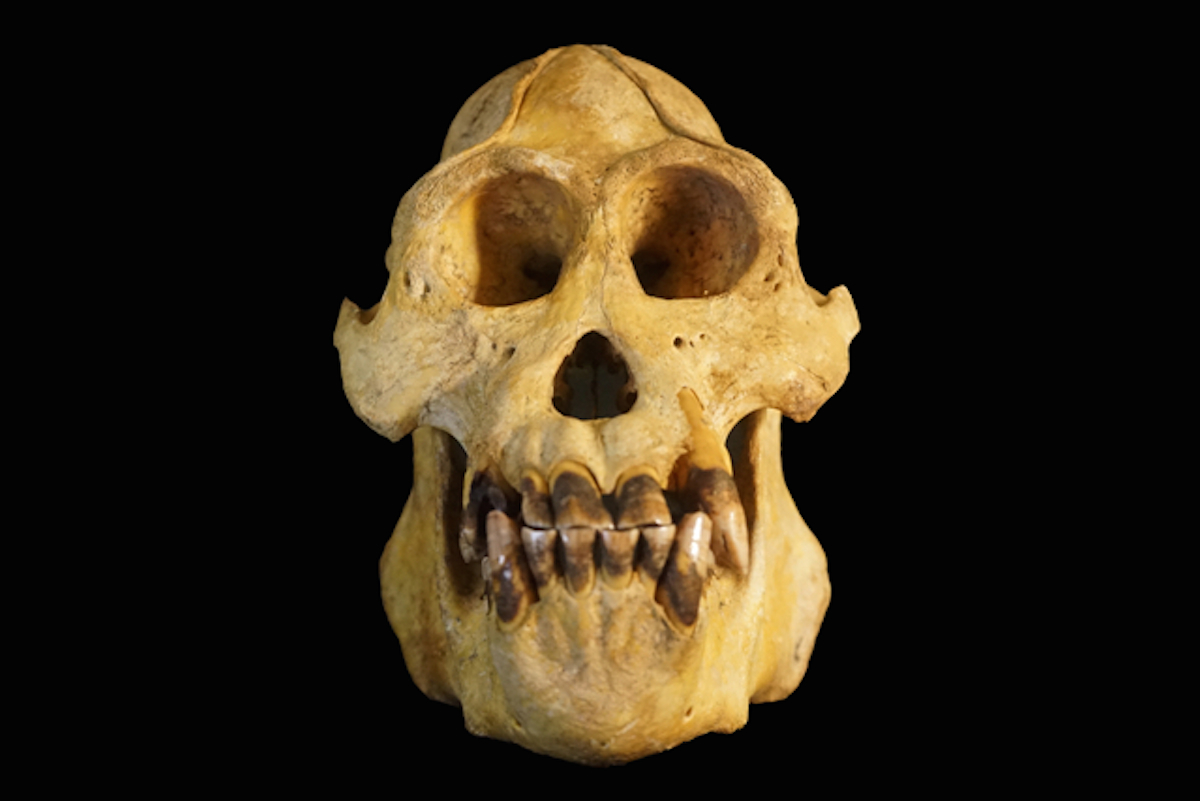Scientists have discovered a new species of orangutan. And it’s estimated that there are fewer than 800 individuals left, making it the rarest great ape on Earth, according to a study published Thursday (2/11) in Current Biology.
Conservationists had known for several decades that a curious population of orangutan lived in the Batang Toru forests of North Sumatra, Indonesia, but until recently had been unable to compare them with other apes.

However after discovering the dead body of an ape, experts were able to study its features and DNA to determine which species it belonged to.
To their surprise, they discovered it was entirely new, and named it Pongo Tapanuliensis, or the Tapanuli Orangutan - the first new ape species discovered this century.

Until now, there were only six living species of great ape: Sumatran and Bornean orangutans which were separated into two distinct species in 1996, eastern and western gorillas, chimpanzees and bonobos. The new discovery, reported in the journal Current Biology, brings the total to seven.
Erik Meijaard an author of the study told Mongabay that the differences in the Batang Toru skull “are real and likely fundamental to functional morphology. They are not just an overall size difference.”

Batang Toru orangutans are also behaviorally different than other populations. The researchers write that Batang Toru males have calls that sound higher in pitch than Sumatran males.
Meijaard said that they also observed differences in feeding behavior, with the new species choosing to eat plants “no other orangutans have ever been seen eating.”
He added that Sumatran, Bornean and Batang Toru orangutans also all seem to build different styles of nests.

"It's amazing that the deepest genetic split between living orangutans has been overlooked until now," said Kris Helgen to National Geographic, a mammalogist at the University of Adelaide in Australia.
"Many overlooked species, like Pongo tapanuliensis, are endangered," Helgen adds. "It is urgent and crucial to accurately document them and give them scientific names, so they can be recognized as distinctive, studied in greater depth, and protected from extinction."
Source : Mongabay | National Geographic


















